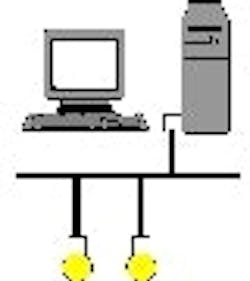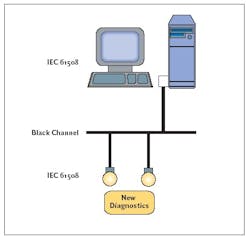- Watchdog timer, which is an additional internal timer added to the device to ensure that communications occur when they are supposed to, and to verify that all the internal diagnostic functions in the device are working properly.
- Cycle Redundancy Check (CRC), which is made on all messages to verify that the series of bits is not corrupted in transmission.
- Transmission Sequence Check, which ensures that received data arrives in the correct order or sequence, and that it's the most current transmission. This ensures that information being received isn't stale and from an earlier message than is expected by the system time.
Besides these features, various protocols have additional requirements unique to their implementation.
Overall, fieldbus safety system implementation likely will follow the same adoption cycle as the original network, with devices being available for some time before associated host systems can take advantage of their new functions and features. The lack of host systems/logic solvers and associated engineering tools/software supporting safety functions will be the Achilles heel that slows the adoption of safety fieldbus. I don't know any engineer who will install a safety fieldbus system without these tools being available and certified.
The device manufacturers have developed these devices to the IEC 61508 standard. However, end users installing this equipment must understand their responsibility for maintaining compliance with IEC 61511. Before installing a fieldbus safety system, be sure to work with consultants who are not only knowledgeable about fieldbus implementations, but also about safety system designs.
About the Author
Ian Verhappen
Ian Verhappen

Leaders relevant to this article:


